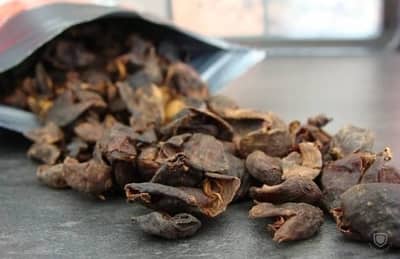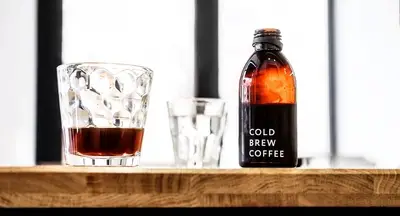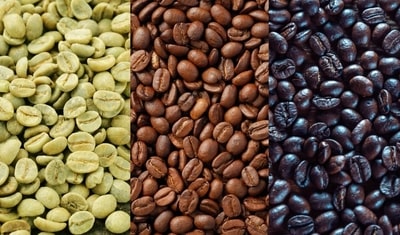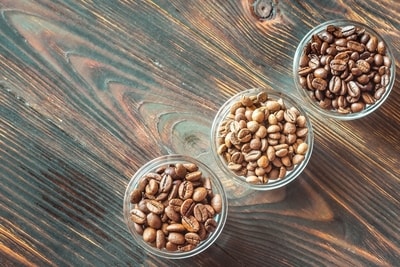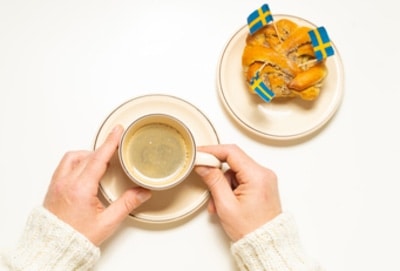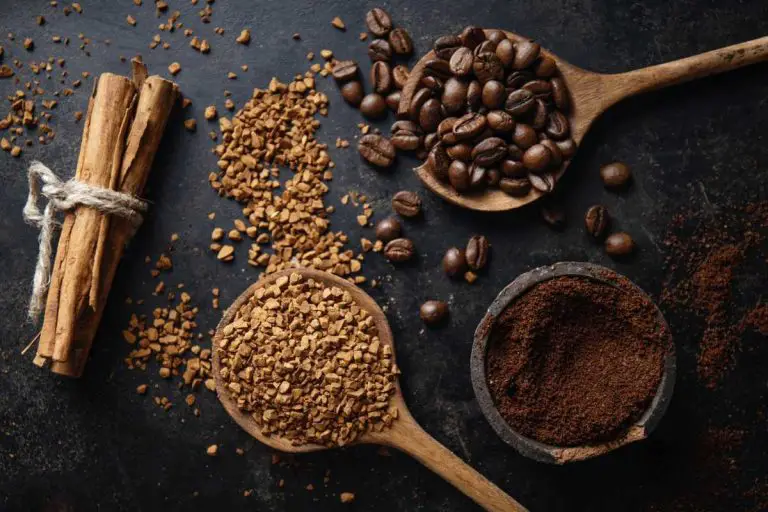The Complete Guide to Cascara in 2025
Have you noticed cascara on offer at your local coffee shop and you’re intrigued as to what it is? Or perhaps you’ve heard mention of it from coffee aficionados, but you can’t seem to find it on sale anywhere? In this guide to cascara, we’re going to delve into this little known drink that’s quickly making a name for itself to find out what it is.
Cascara is made from the peel of the coffee fruit. It’s sold as a dried product to be made into an infusion using boiling water, much like a herbal tea. Cascara has tastes ranging from raisins and berries to floral and even tobacco notes. The word comes from the Spanish meaning skin or peel.
Coffee has been around for a long time, so why are we only just hearing about cascara now? And with concerns over its legality in Europe, is it too late to try?
What is cascara?
Cascara comes directly from the Spanish word ‘cáscara,’ which means peel, skin, or rind in the context of fruit.
Cascara is made from the outer skin of the coffee cherry, the fruit that houses what we all know as coffee beans.
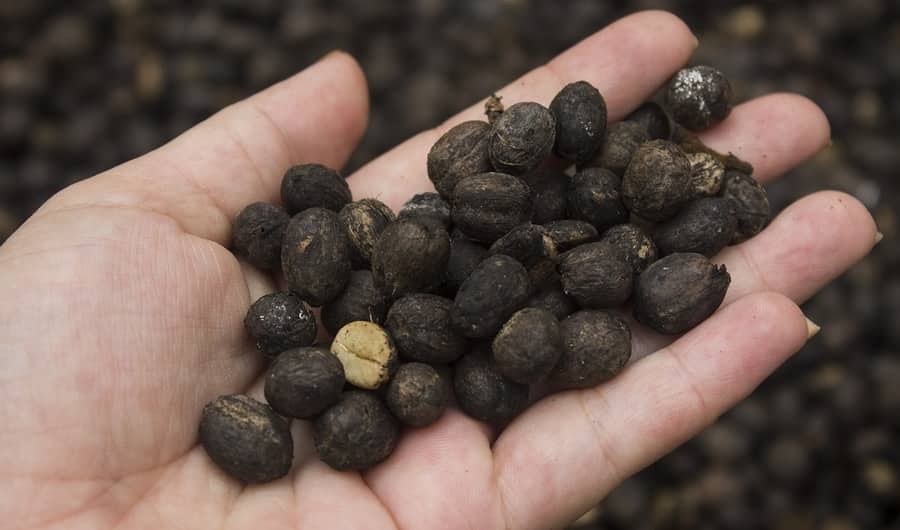
When workers pick the coffee cherry fruit from the plant, they pulp it to extract the seeds, and the outer skin becomes a by-product. After drying the outer skin in the sun, they refer to it as cascara, and it’s ready to be made into a tea-like infusion.
After extracting the seeds from the coffee cherry, workers either discard the majority of the skins or turn them into compost to use as fertilizer on the coffee farm.
Few coffee farmers process the cherries to become cascara for consumption. For those that do, the process can be as labour intensive as producing coffee, which is why so few coffee farms produce and export cascara.
Although cascara comes from the coffee cherry, it tastes nothing like coffee when brewed. Despite people often referring to it as a tea, cascara is technically neither coffee nor tea.
Cascara definitely tastes closer to what we think of as herbal tea; however, cascara doesn’t come from the Camellia sinensis plant, which produces tea, but instead from the fruit of the Coffea genus.Therefore, a better descriptor for cascara is a fruit tisane.
Just as with good coffee, cascara has its own range of flavour characteristics when brewed. Cascara exhibits flavours such as raisin, cherry, currants, rose hip and vanilla to name but a few.
How processing affects flavour
As with coffee, the flavour depends on how the coffee cherry was processed. Wet (washed) processing tends to result in a more acidic and floral brew. Dry (natural) processing tends to be sweeter with less acidity and has darker fruit flavours such as raisin and even earthy flavours like wood and tobacco.
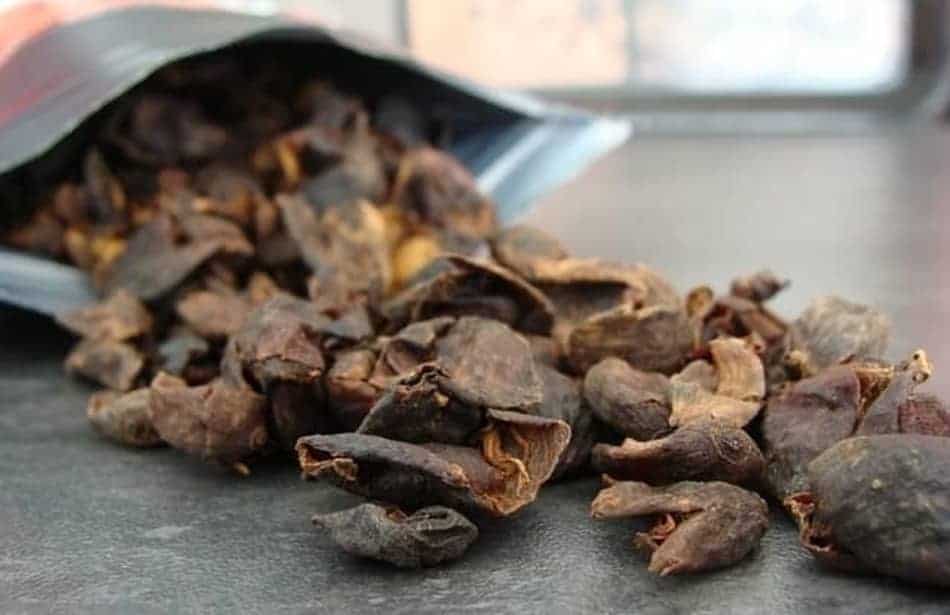
Wet processed cascara is a lot more labour intensive than dry processed. The coffee beans are separated from the coffee skins by being submerged in water and undergoing a fermentation process.
Workers need to gather and dry the skins rapidly in the sun to avoid mold formation. If workers don’t process the skins carefully, mold can quickly destroy an entire batch.
You can easily identify wet processed cascara because the skins are mostly unbroken, whole cherry skins.
Dry processing is a lot easier but not as commonly found. Dry processing coffee is as simple as leaving the cherries out in the sun to dry over a period of several weeks. Both the skins and beans dry together during this process, with the skins imparting their flavours into the beans.
To separate the beans from the skins, they are beaten, which explains why dry-processed cascara looks like broken up husks. If you enjoy dry-processed coffees for their funky flavours, definitely look out for dry-processed cascara.
Cascara isn’t a laxative
Cascara made from the coffee plant is not to be confused with Cascara Sagrada. Used for its natural laxative effect, cascara sagrada is from the genus Rhamnus purshiana, a species of buckthorn native to North America.
Cascara coffee cherry tea is in no way associated with cascara sagrada. Cascara is not a laxative, so you can enjoy your drink worry-free.
Does cascara contain caffeine?
A lot of people report that they feel highly caffeinated after drinking cascara, but does it actually contain such high amounts of caffeine?
Years ago I watched a well-known coffee expert mention that it has higher levels of caffeine than coffee. My own experience after trying cascara for the first time was that I didn’t feel much of a buzz. This led me to look into the matter a little further.
A search on Google doesn’t exactly produce a wealth of information on the subject. But one reliable source is from a test carried out by Anette Moldvaer of Square Mile Coffee in London.
A batch of Aida Batlle’s famous cascara was sent for testing to the factory in Germany where the coffee for Square Mile is decaffeinated. What were the results?
Surprisingly, we found the caffeine content to be fairly low. Even at the strongest, longest brew, the caffeine content of cascara came in at 111.4 mg/L, compared to the broad range of about 400-800 mg/L in brewed coffee.
– Square Mile Blog
According to the results, cascara has only around 10 – 25% of the caffeine that coffee beans have. Quite an unexpected result. The jury’s out as to the cause of the post-cascara buzz.
Read Square Mile’s full article to discover more about caffeine in cascara.
How to brew cascara: tisanes and syrups

Tisane
Brewing a cascara drink is a simple affair. All you’ll really need is boiling water, a mug, and some sort of strainer or sieve to discard the cascara after brewing.
Ratios of cascara to water tend to be as strong as 1:10 or as weak as 1:25, depending on how you like your brew. Here’s a recipe using a ratio of 1:20 (5g per 100ml):
Step 1: Boil the water. Let the water come just off the boil by waiting 30 seconds or so.
Step 2: Add 15 grams of cascara to your brewing apparatus. A great choice is a French press because of its filter, but you can always just make it in a mug.
Step 3: Pour in 300ml of water and give it a gentle stir.
Step 4: Steep for 4 minutes. Discard the cascara. Enjoy.
If you found the brew to be a little weak, try adding more cascara on your next go. You can always play around with water temperatures and steep times, too.
Syrup
If you live in the US, you may have noticed Starbucks’ new Cascara Latte which contains their own cascara syrup. You can make your own at home cheaply and easily with just water, cascara, and sugar. Here’s a simple recipe:
1. Bring one and a half cups of water to the boil in a saucepan.
2. Add half a cup of cascara, stir gently and reduce heat to a simmer.
3. Simmer for 4 minutes. Strain the liquid and discard the cascara.
4. Add the liquid back to the saucepan. Add one cup of sugar. Bring to the boil and simmer until thickened slightly, ensuring all the sugar has dissolved.
5. Leave to cool. Store in a jar and keep refrigerated.
This syrup is great for adding flavour to both hot and cold drinks, or you can use it to top pancakes or waffles or any other sweet treat. Give it a go!
Legality of cascara in the UK and Europe
If you live in the UK or Europe, you may have noticed cascara’s sudden disappearance. This is because of a lack of tight regulations on the sale of it. To quote James Hoffmann of Square Mile Coffee:
“It’s not illegal, it’s just not legal yet.”
Cascara is not illegal as such as the import legislation around coffee actually covers husks and skins, probably so that coffee companies can import very low-grade coffee that inevitably includes coffee cherries amongst the batches of green beans.
However, the sale of cascara as a single product does not yet have any EU protection. It’s classed as a novel food.
Novel Food is defined as food that had not been consumed to a significant degree by humans in the EU before 15 May 1997.
– European Commission
James Hoffmann is collaborating with Klaus Thomsen of The Coffee Collective in Denmark to get authorities to approve cascara for sale in Europe. The problem is that the process could take some time as approval in one country in Europe does not mean approval in another.
The fear of what could happen to cascara addicts throughout Europe is highlighted in this humorous video by Roundhill Roastery in Somerset, UK.
Health benefits of coffee cherries
Reports say that cascara contains eight times more antioxidants than blueberries and boasts anti-inflammatory, antiviral, antimicrobial, and prebiotic properties.
This has led KonaRed, a Hawaii based company in the US, to produce vitamin and antioxidant-rich health products such as juices. But it doesn’t just stop at delicious beverages.
People have picked coffee by hand for thousands of years, and those who harvest the cherries often have noticeably younger-looking skin on their hands.
What was once the secret of the humble coffee picker has now led to the increasing use of coffee cherries in beauty products for the masses.
Through extensive testing, researchers have proven that coffee cherries are superior in neutralizing free radicals and are stronger antioxidants than green tea, vitamin C, and vitamin E.
Don’t be surprised when you see coffee cherries as a major component in your beauty products in the coming years.
Where to buy cascara (in the US)
As we’ve just seen, you’re out of luck for now if you’re reading from the UK or Europe. But if you live in North America you can still buy cascara.
If you can’t find it at your local specialty coffee shop, try online. Here are a few sites that usually stock cascara in the US:
Prices start from around $5 per 4oz to over $20 per 4oz in the US.
You can also buy ready-brewed cascara online from:
So now you’re all clued up about this trendy brew, buy yourself a bag and see what you think. Just don’t go getting yourself addicted.

